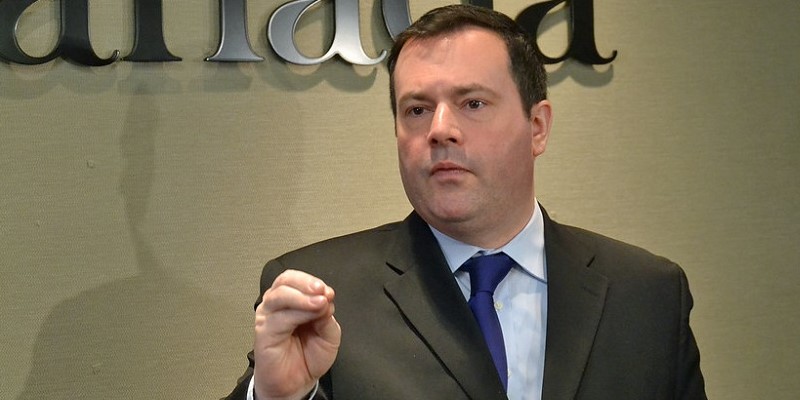Alberta government should resist urge to spend more amid resource revenue windfall

Thanks to a surge in commodity prices, the Kenney government is experiencing a windfall of resource revenue. Unfortunately, the government has already succumbed to the temptation to increase spending, but if it can hold the line on spending moving forward, it will have a great opportunity to stabilize provincial finances for the long-term.
First, some background.
Back in Budget 2021, Alberta’s resource revenue was projected to average $4.5 billion annually from 2021/22 to 2023/24. That figure increased to $10.0 billion by the mid-year fiscal update in November 2021, and $13.1 billion by the budget in February 2022.
In the past, provincial governments in Alberta have spent resource revenue almost as quickly as it came in the door, which led to boom/bust cycles in provincial finances where the province enjoyed periods of budget surpluses during good times but then inevitably suffered deficits when commodity prices declined.
The Kenney government is showing signs of repeating past mistakes. A recent study published by the Fraser Institute found that, following the windfall between the 2021 mid-year update and Budget 2022, the government increased spending by $4 billion (over the next three years) above and beyond what would be required to keep pace with higher expectations for inflation and population growth.
Importantly, current prices and forward markets for commodities indicate that resource revenue will likely be even higher than forecast in Budget 2022. Put differently, Alberta still has an extraordinary opportunity to re-establish a rainy-day account based on the previously successful Alberta Sustainability Fund (ASF) if the Kenney government can avoid temptation and hold the line on spending moving forward.
Originally introduced in 2003, the ASF’s concept was was simple; save during the good times to finance a stable amount of resource revenue for the budget during bad times. Unfortunately, the government drained and eventually eliminated the fund in 2013. A renewed ASF is attainable, again, if the provincial government can restraint the growth in spending.
The good news is that government revenues will likely be even higher than forecast in Budget 2022 (commodity prices impact resource revenue and other tax revenue such as corporate and personal income taxes). Another recent analysis published by the Fraser Institute found that based on current commodity prices and forward markets, revenues could be between $14 billion to $28 billion higher over the next two years. In either case, the province would have more than enough additional revenue to fund a rainy-day account. These funds would be available to stabilize resource revenue in the budget when it inevitably declines in the future, helping to avoid budget deficits.
The Kenney government has given into the temptation to increase spending in the face of higher revenues. But if it simply holds the line on spending as additional revenue comes in the door, it will have an extraordinary opportunity to fix provincial finances for the long term.
Author:
Subscribe to the Fraser Institute
Get the latest news from the Fraser Institute on the latest research studies, news and events.

